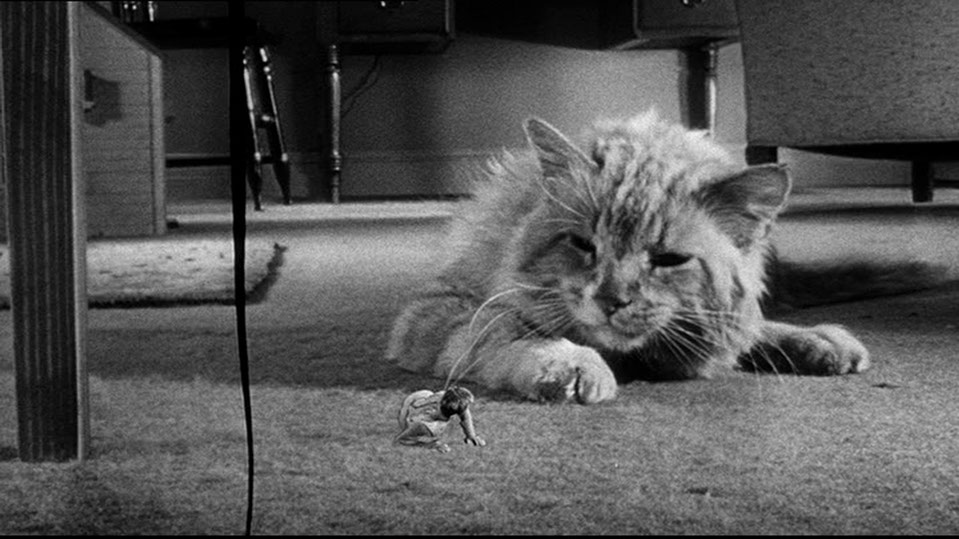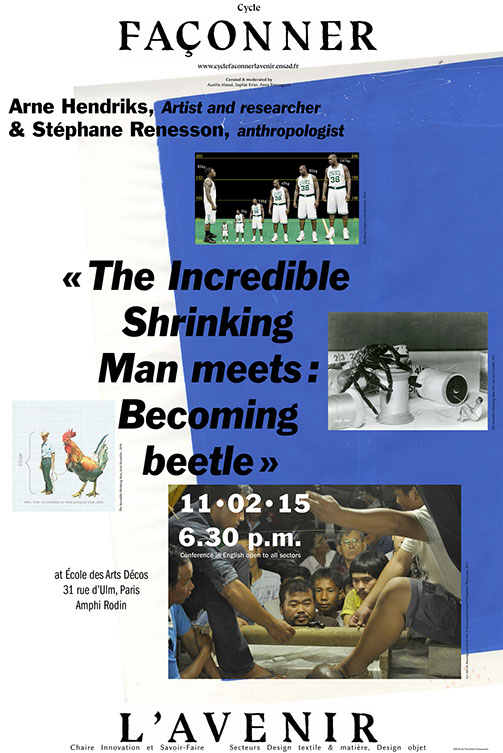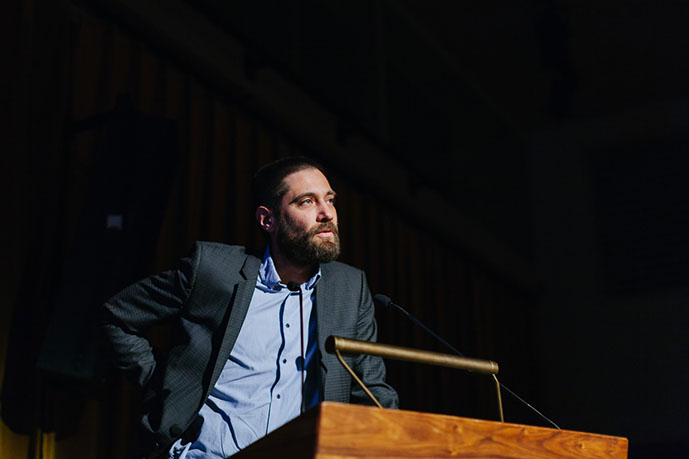BIOGRAPHY
Arne Hendriks is an Amsterdam based artist, exhibition maker, researcher and historian (Master of Art - University of Amsterdam). He teaches at the Next Nature department of the Technical University in Eindhoven, which is concerned with investigating the implications of nanotechnology. He is also a curator for the next Alternativa exhibition in Gdansk Poland. His work explores the positive transformative power of creative impulses and the importance of fundamental free scientific research. In his speculative design research, the strange and the familiar continuously swap places to provoke conflicting perspectives, which speak about the radicality of everyday experience and the familiarity of radical interventions. He is a strong believer in the transparency of information and an active participant in the open-design movement. His projects include Instructables Restaurant - the world’s first open-source restaurant, Hacking Ikea, the Repair Manifesto and The Academy of Work. His most recent projects include The Incredible Shrinking Man – downsizing the human species to better fit the Earth, and 8Billion City – one city for all.
Stéphane Rennesson
Anthropologue, Stéphane Rennesson est chargé de recherches au Laboratoire d'Ethnologie et de Sociologie Comparative (CNRS, Université Paris Ouest Nanterre La Défense, UMR 7186). Après avoir soutenu en 2005 sa thèse sur le monde de la boxe thaïe dans son pays d’origine, il a été recruté au CNRS en 2009. Il s’intéresse depuis à d’autres jeux, également bien institutionnalisés et rencontrant un vif succès populaire en Thaïlande, qui mettent en scène des coopérations pour le moins insolites entre humains et d’autres animaux (scarabées rhinocéros, poissons combattants, coqs, taureaux, tourterelles et bulbuls).
A partir d'une observation rigoureuse des modes de coordination d’action mis en œuvre dans ces véritables
« jeux d'espèces », en explorant les couches les plus profondes de la communication il tente d'identifier de manière originale les germes d'une perspective écologiste désanthropocentrisée. Il enseigne régulièrement à Sciences-Po (École de la communication) et à l’École des Hautes Études en Sciences Sociales.

Outline of talk:
The Incredible Shrinking Man researches the possibilities and implications of downsizing the human species to better fit the Earth. It has been a long established trend for people to grow taller, which requires exponentially more resources, more food and more space. But what if it was possible to reverse this trend and used our knowledge to shrink mankind? The Incredible Shrinking Man proposes to reduce the human species to a height of 50 centimeters, where individuals would only need about 2% of what is typically consumed today.
Growth is the human default mode of human development where every individual, reproduced cell and selfish copy of our DNA, is driven to proliferate. Such a default mode made perfect evolutionary sense in the year 4.000 BC when the world population of Homo sapiens stood at a modest 8 million. However, as the population moves towards 8 billion in 2024, it is vital to reverse this trend on a global scale and evolution itself may offer a solution. The unlikely heroes of the growth resistance are the Larons, the achondroplasiacs, Homo Floresiensis, the Pygmies, and Meier-Gorlin dwarfs whose biological constition holds the key to a more balanced, much smaller, future. One of the most rewarding things of human shrinking will be the overwhelming and sustainable abundance of the natural and cultured environment. We would be able to freely consume this beautiful planet and the renewable energy produced today would be more than enough to satisfy our energy demands. Up to 98% of the cities could be rewilded, recycled, redesigned, or turned into retro-giant amusement parks. Urban farming would be a possibility rather than a dream where one tomato could make a decent soup and a chicken would feed a hundred people. Moreover, one Boeing 747 aeroplane could transport thousands of passengers, a skyscraper could house the population of a city and one country could hold the entire population of the world. The Incredible Shrinking Man would be the greatest achievement since setting the first footsteps on the moon, and enables all of us to take that step.
Becoming Beetle
Thailand is the scene of numerous games that build on uncanny cooperation between human beings and various other animal species, the kind of rhinoceros beetles, crickets, wrestling halfbeaks, Siamese fighting fish, zebra doves, red whiskered bulbuls, cocks, bulls, etc. Focusing on the case of beetle fighting in Northern Thailand we shall see how the ontological implications of these “interspecies games” challenge our epistemological foundations. Such playful devices don’t actually come down to mere anthropomorphic projections. Off course one can’t deny that players do credit their creatures with human traits. But a close description of the interface between the players and their insects shows that the formers experience also the need to "animalize" themselves, that is to say enter a perceptual world that can be very different from their own.
In fact, the players try to communicate with their beetles thanks to a notched stylus that properly manipulated can produce vibrations to which the insects seem to be interested in. Beetles prove to be profoundly ambiguous animals, at the same time remarkably obedient and nervous as they can alternatively be easily controlled and escape suddenly the fighting device elaborated by humans. They finally impose their uncertain vibratory world to the players who develop their own strategies and grow a kind of mystic relation with their champions who can’t speak but whose behavior and signals have to be endlessly interpreted.
Sticking as much as possible to these intimate tactile relations, we shall try to build on a double decentering of our thought: departing from our respective ethnocentric and anthropocentric truisms. What we expect from such an immersive dive into the depths of communication, at the very fuzzy limit between information and energy where we may be able to share something with all the other forms of life, is to give a chance to hidden seeds of a genuine and grounded eco systemic standpoint.


-u930.jpg)
QUESTIONS TO ARNE HENDRIKS :
- Le monde ne serait-il pas trop effrayant si nous mesurions 50 cm ?
- Si demain nous mesurions tous 50 cm, que deviendrait tous les objets/constructions existants?
- Quel procédé envisageriez-vous pour ce changement, une machine, un elexir, une
reproduction génétiquement contrôlée comme on le fait déjà pour les chiens de race, une conception in vitro ?
- Le côté positif de la diminution des ressources ne serait-il pas rattrapé par des
inconvénients, si oui quels sont-il ?
- Quelles seraient les conséquences économiques ?
